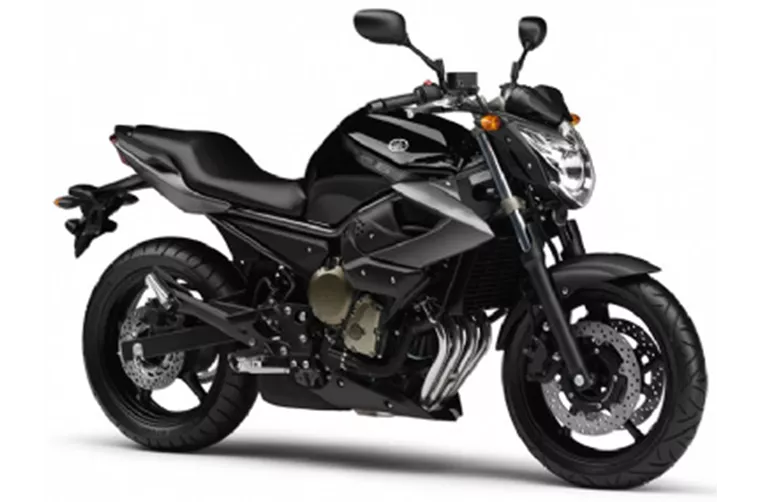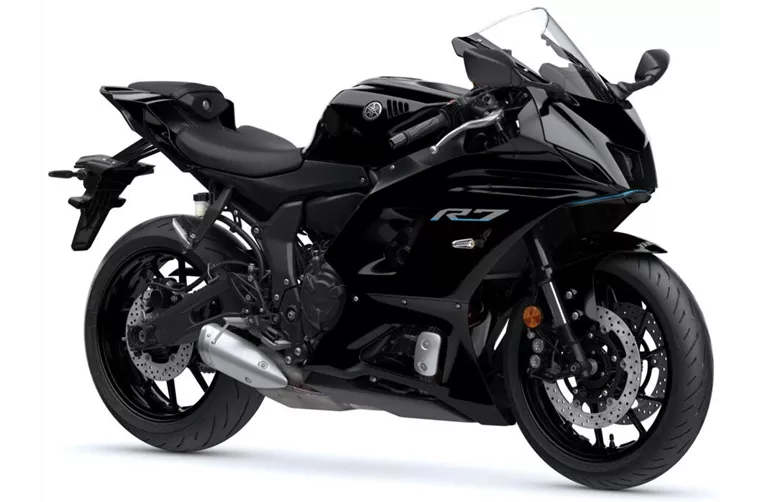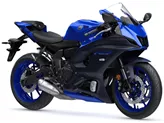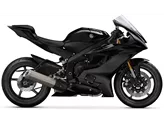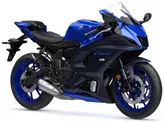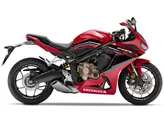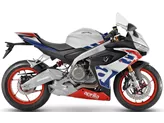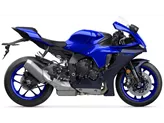Yamaha XJ6 2009 vs. Yamaha R7 2021

Yamaha XJ6 2009
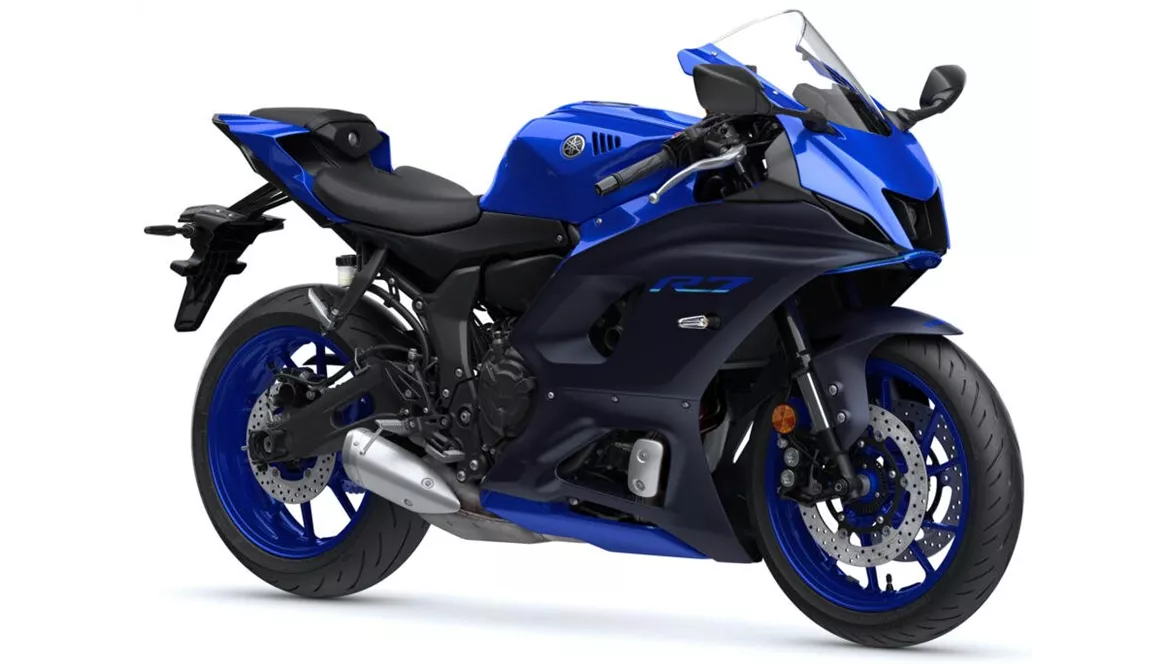
Yamaha R7 2021
Overview - Yamaha XJ6 2009 vs Yamaha R7 2021
The Yamaha XJ6 2009 and the Yamaha R7 2021 are both motorcycles produced by Yamaha, but they have several differences in terms of technical specifications and strengths.
Starting with the technical specifications, the Yamaha XJ6 2009 is a naked bike with a 600ccm engine. It has a bore of 65.5 mm and a stroke of 44.5 mm. The engine power is 78 HP with a torque of 59.7 Nm. The compression ratio is 12.2 and it has 4 cylinders with 4 valves per cylinder. The cooling system is liquid and it has a steel frame. The front suspension is a telescopic fork and the front brakes are double disk. The front and rear tire diameter is 17 inches and the wheelbase is 1440 mm. The fuel tank capacity is 17.3 liters.
On the other hand, the Yamaha R7 2021 is a supersport motorcycle with a 689ccm engine. It has a bore of 80 mm and a stroke of 68.6 mm. The engine power is 73.4 HP with a torque of 67 Nm. The compression ratio is 11.5 and it also has 2 cylinders with 4 valves per cylinder. The cooling system is liquid and it has a steel frame. The front suspension is an upside-down telescopic fork and the front brakes are double disk. The front and rear tire diameter is 17 inches and the wheelbase is 1395 mm. The fuel tank capacity is 13 liters.
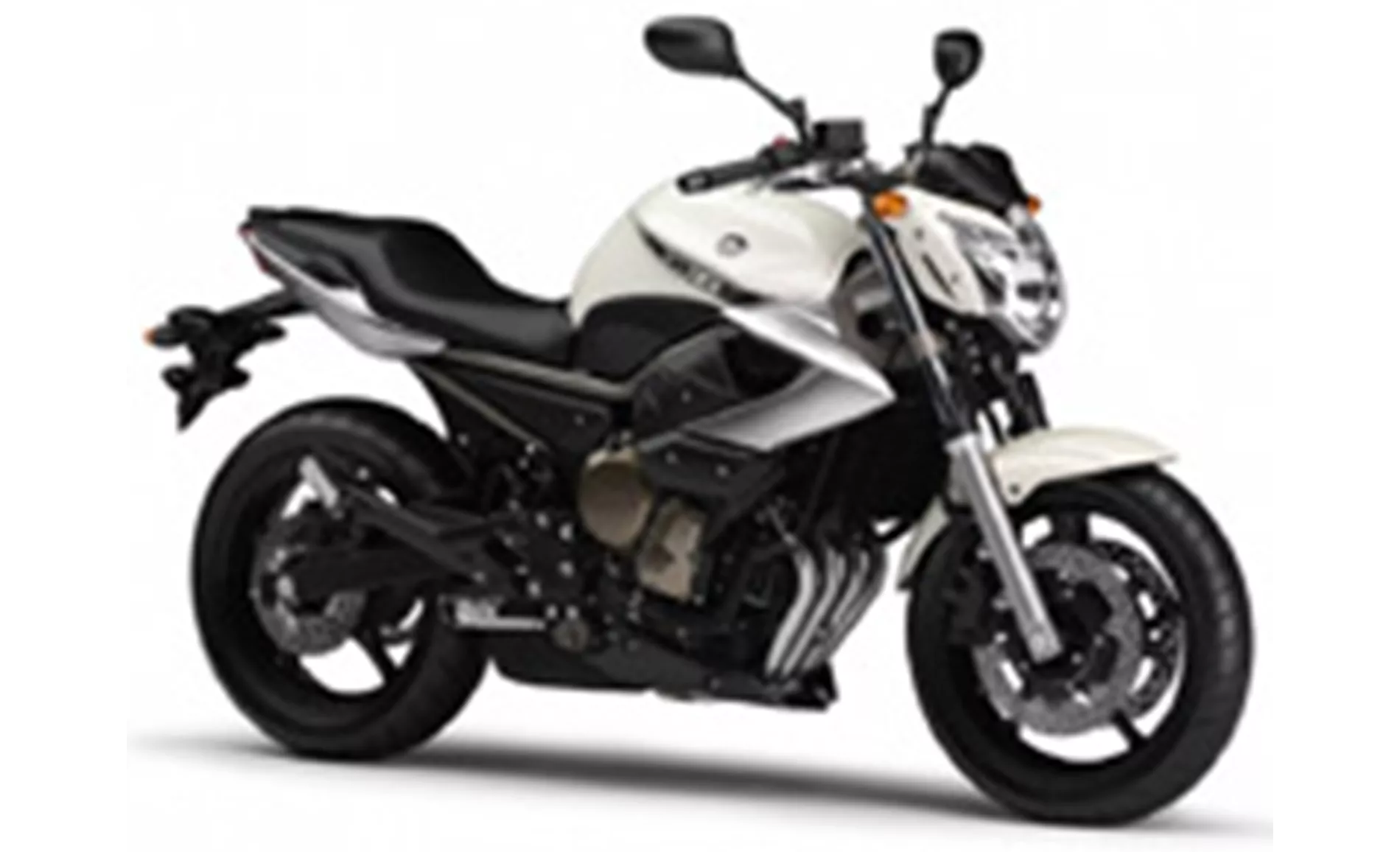
Yamaha XJ6 2009
In terms of strengths, the Yamaha XJ6 2009 is known for its rider-friendly performance characteristics and optimal clutch. It offers playful and lighter handling, making it suitable for riders of different skill levels. The seat comfort is also praised by riders, and it has an individual look with a young and aggressive design. Additionally, the build quality of the Yamaha XJ6 2009 is considered high-quality.
On the other hand, the Yamaha R7 2021 is praised for its high-torque CP2 engine, providing a powerful and thrilling riding experience. The sporty riding position enhances the bike's performance and handling. The suspension set-up is well-tuned, offering a smooth and controlled ride. The standard tires provide good grip and stability. The Yamaha R7 2021 is also considered a good entry-level trackday bike, allowing riders to explore their skills on the racetrack.
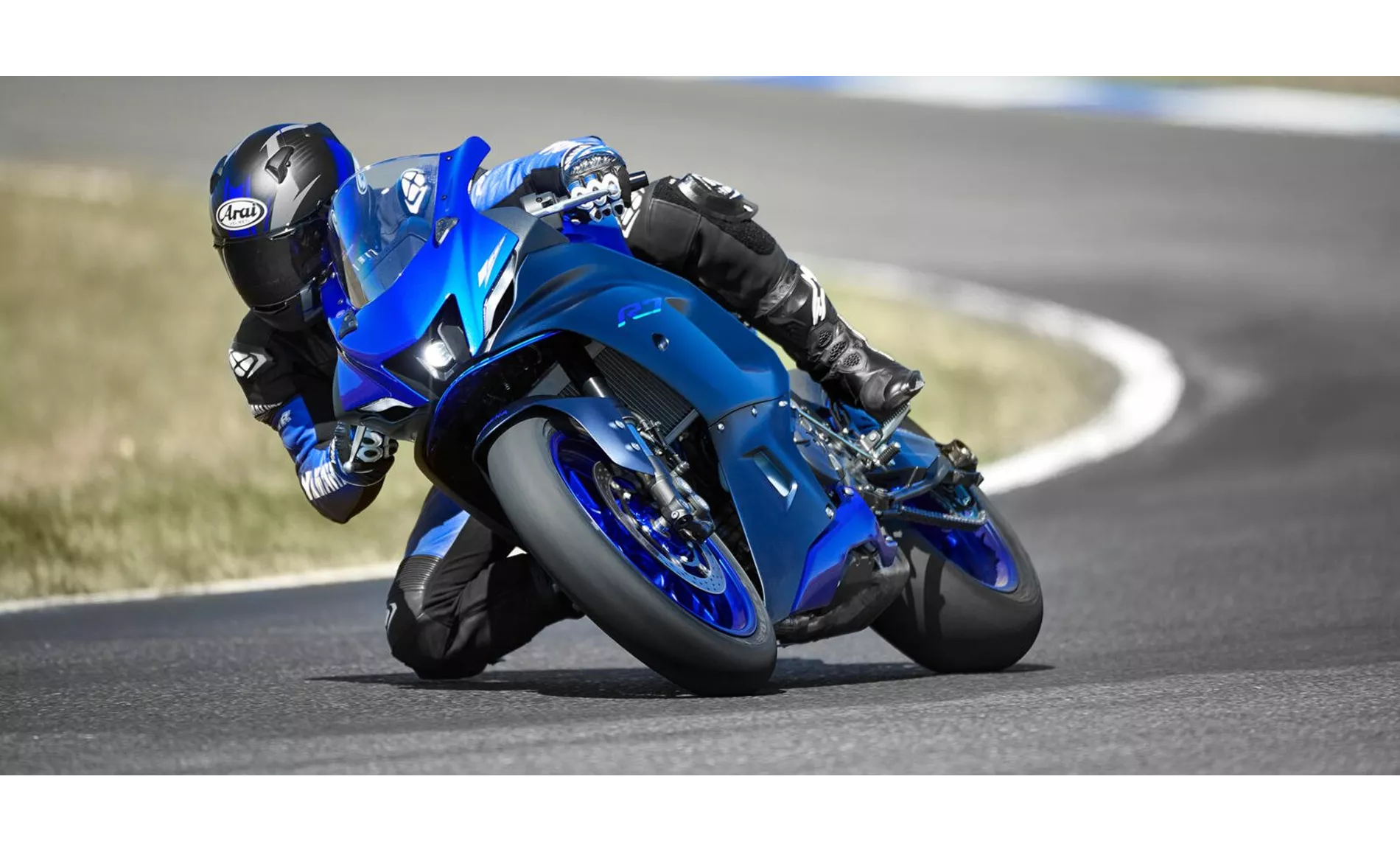
Yamaha R7 2021
However, both motorcycles have their weaknesses. The Yamaha XJ6 2009 is criticized for its design components not being too demanding, which may not appeal to riders looking for a more aggressive or sporty look. Additionally, the torque development of the Yamaha XJ6 2009 may not be as impressive as some other motorcycles in its class.
On the other hand, the Yamaha R7 2021 is noted to lack a quickshifter as standard, which would have been a nice addition for smoother and quicker gear shifts.
In conclusion, the Yamaha XJ6 2009 and the Yamaha R7 2021 have different technical specifications and strengths. The Yamaha XJ6 2009 offers rider-friendly performance, comfortable seating, and an individual look, while the Yamaha R7 2021 provides a powerful engine, sporty riding position, and good trackday capabilities. Both motorcycles have their weaknesses, such as the design components of the Yamaha XJ6 2009 and the lack of a quickshifter as standard on the Yamaha R7 2021. Ultimately, the choice between these two models depends on the rider's preferences and intended use.
Technical Specifications Yamaha XJ6 2009 compared to Yamaha R7 2021
Pros and Cons in comparison
Pros and Cons in comparison
Yamaha XJ6 2009
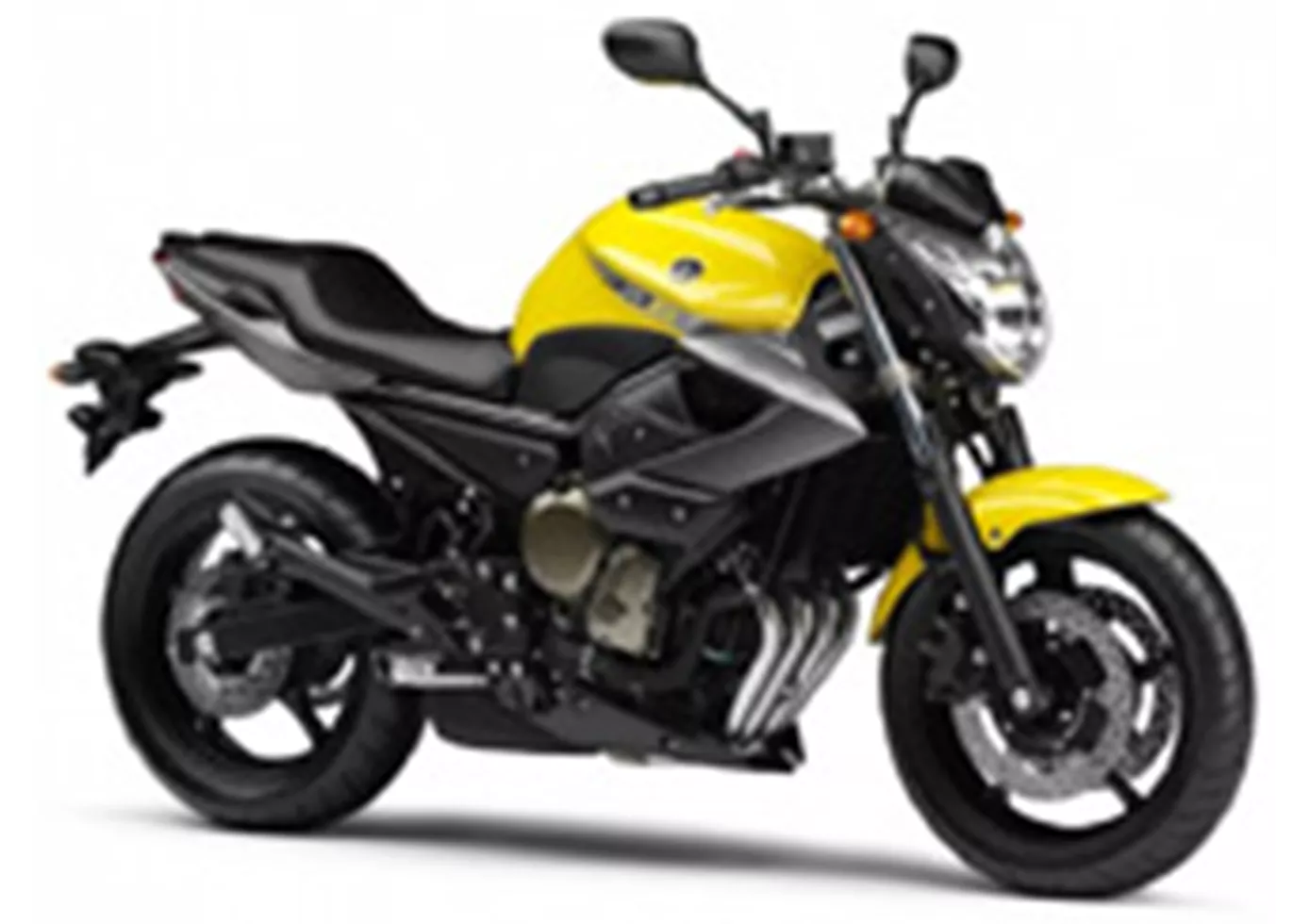
Despite the common basis, the XJ appears much younger and more aggressive. A mid-cass motorbike that by no means makes you feel mid-range. Except for the swingarm, the motorbike appears quite high-quality and cool. The bike is a little easier to handle than the Diversion.
Yamaha R7 2021
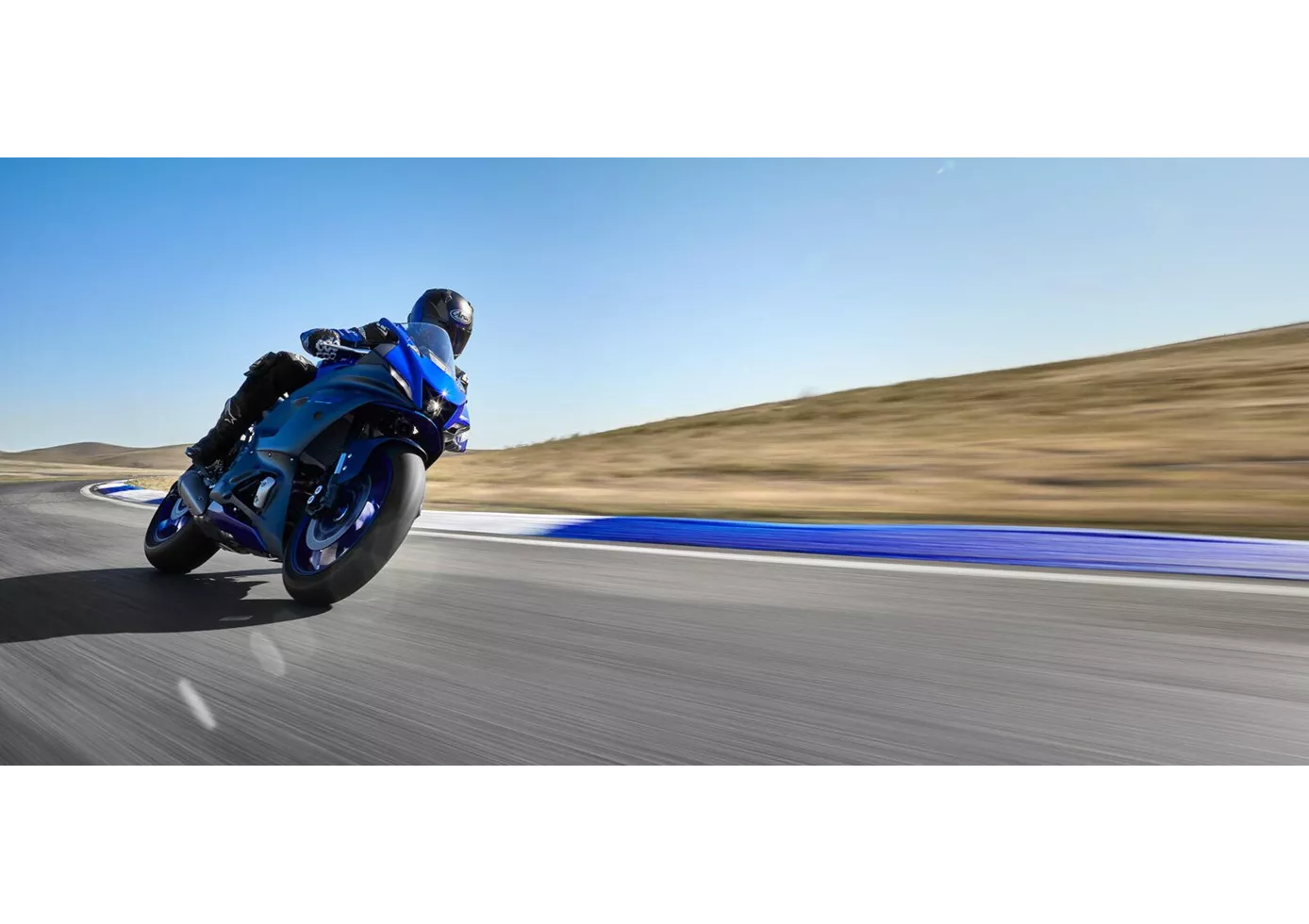
Despite the rather idiosyncratic combination of the sensible 73.4 hp mid-range power unit and the extremely aggressive, sporty look, the R7 is by no means a sheep in wolf's clothing. The performance, which is somewhere between the R3 and the R6, turned out to be much stronger in practice than the pure values on paper would suggest, and in terms of geometry, chassis, brakes and tyres, Yamaha's engineers have really done their homework. On top of that, the Yamaha R7 has all the qualities to have a lot of fun out-of-the-box on a compact race track like the Pannoniaring, for example, even without a big investment. But of course it feels better on the country road, and that's where it belongs in the first place, in our opinion. In view of the overall package, the purchase price is more than fairly priced - so it's not a problem that the quickshifter is not included and has to be purchased as an option.
Price Comparison Avarage Market Price Yamaha XJ6 vs Yamaha R7
There are a few key differences between a Yamaha XJ6 2009 and a Yamaha R7 2021. There are the same number of bikes of both models available on the 1000PS.de marketplace, specifically 6. It takes less time to sell a Yamaha XJ6 with 31 days compared to 161 days for a Yamaha R7. Since model year 2009 1000PS.de editors have written 4 reviews for the Yamaha XJ6 and 9 reviews for the Yamaha R7 since model year 2021. The first review for the Yamaha XJ6 was published on 13/11/2008 and now has more than 21,900 views. This compares to more than 92,800 views for the first review on Yamaha R7 published on 18/05/2021.
